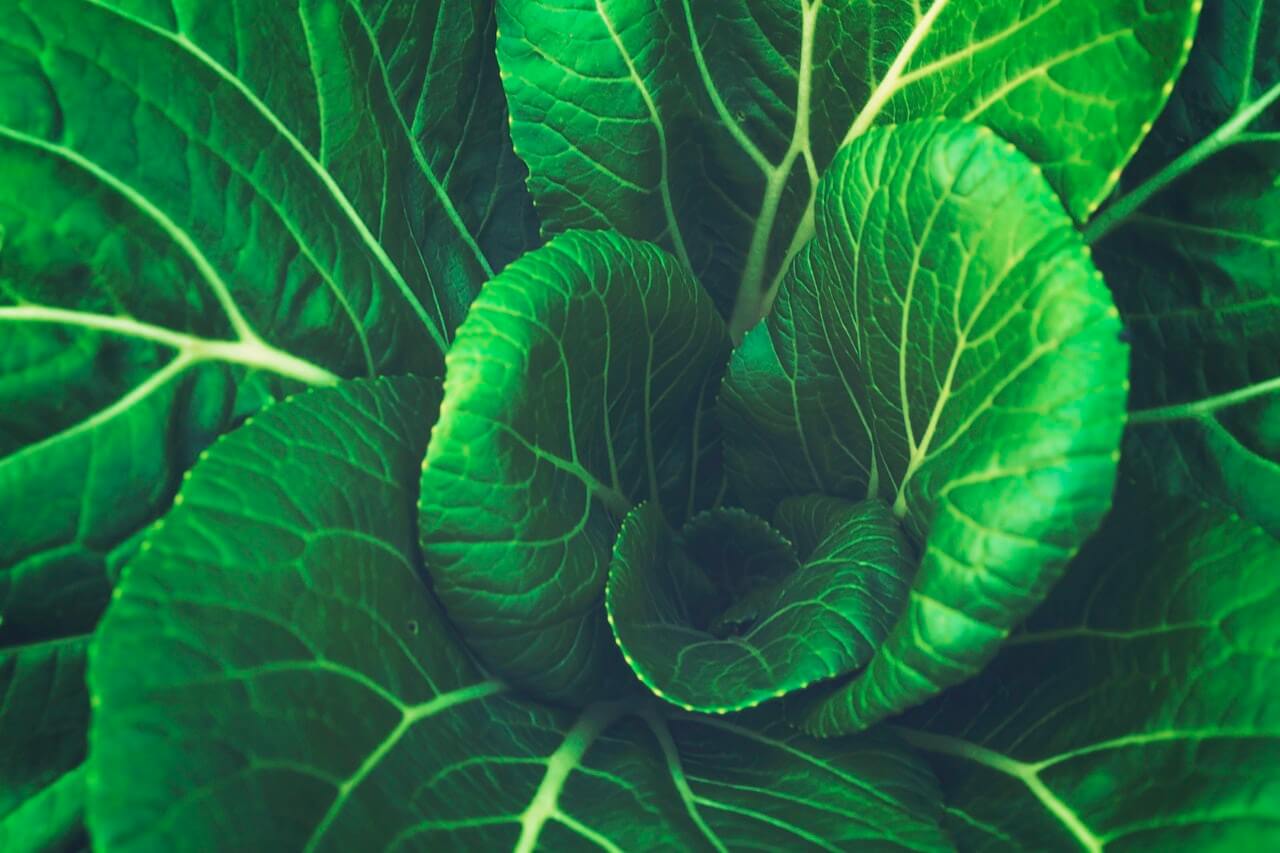
Planting an organic garden in the fall prepares your plot for its dormant winter season while supplying a rewarding harvest in the cooler months. August is often hot and dry, but now is the perfect time to begin preparing your fall garden. These tips can help you accomplish your harvest goals.
Prepare the area. Remove all of the remnants of the summer garden. Put the dead plants into your compost pile, but do not compost weeds or diseased plants. Test soil pH level to make sure they are above 6.0 before planting for the fall. If your soil’s pH levels are not above 6.0, Simply Organics’ technicians can customize treatments for your soil. Don’t forget to mix fertilizer or compost into the soil to promote root growth for the new plants.
Choose your vegetables. The University of Georgia planting guide (https://secure.caes.uga.edu/extension/publications/files/html/C963/C963VegeChart.pdf) suggests planting kale, lettuce, mustard greens, onions, turnips, radishes and spinach in your organic fall garden. Seeds require lots of hydration. Seedlings need less water and are easier to care for during this time of year. Herbs grow well in the fall, too. Preserved parsley, thyme, sage, and garlic are a nice addition to winter stews.
Give TLC. Fall’s shorter growing days require gardeners to give their plants additional attention. Spreading mulch helps cold-season vegetables retain moisture. Lack of moisture causes lettuce (https://www.gardeningknowhow.com/edible/vegetables/lettuce/bitter-lettuce.htm) and greens to develop a bitter taste. Continue to water plants weekly to help maintain moisture. Also, keep a close eye on the weather. Cover plants with row covers or plastic elevated with sticks to protect plants when temperatures begin to fall.
Maximize the growing period. Consider planting a new vegetable every two weeks to maximize the growing time of your vegetable garden. Staggering the planting ensures plant growth well into the fall. This method works best if planting begins in August.
Don’t leave unused sections of the garden unprotected until spring. Spread a layer of compost in those areas. An extra layer of mulch or pine straw provides added protection during cold winter months.
For more information about fall gardening, check out these resources:
Three Ways to Prep Your Garden for Fall: http://bit.ly/2fubqxh
Fall Vegetable Gardening: http://bit.ly/2hKLm1E

